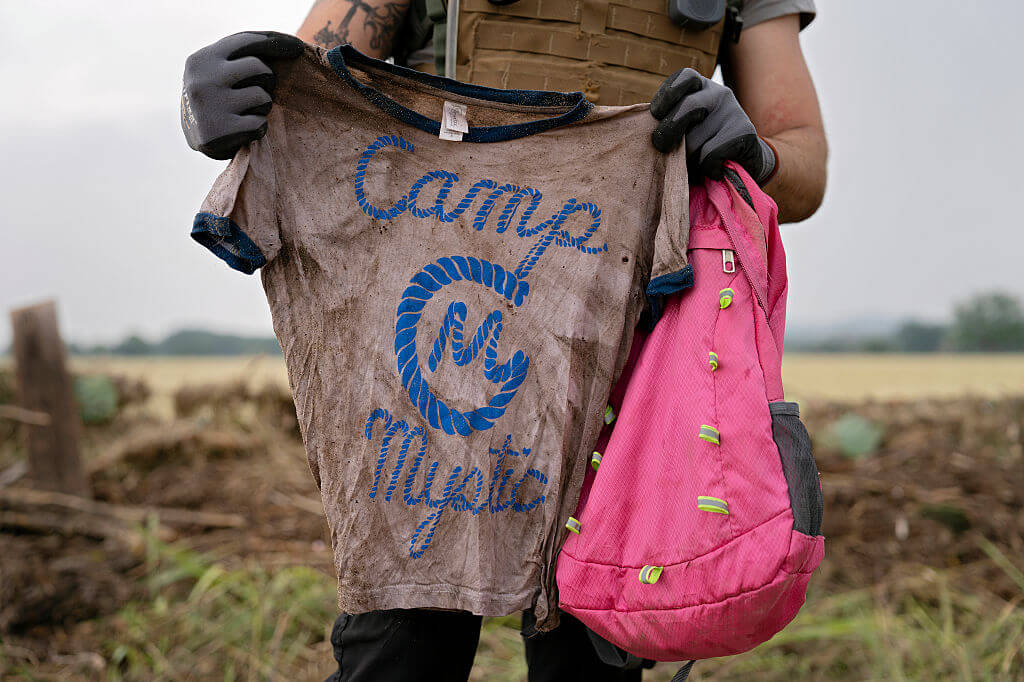Josh Lambert
By Josh Lambert
-

Culture How Jewish Authors Reinvented the American War Novel
Young Lions: How Jewish Authors Reinvented the American War Novel By Leah Garrett Northwestern University Press, 275 pages, $34.95 Which works of Jewish literature do we remember, and which do we forget? The story we like to tell about American Jewish literature in the mid-20th century is that in the 1950s, Saul Bellow, Bernard Malamud…
-

News The Case Against ‘Jews Only!’
A summer camp I attended as a teenager has lately been burning up my Facebook feed. A couple of weekends ago, some of my childhood friends in Toronto paid $100 a ticket to attend a dinner in honor of Camp Solelim’s 50th anniversary. It sounded, from their posts, like they had fun reminiscing and reverting…
-

Culture The Russian (Authors) Are Coming
One thing we know for sure is that 2014 will be a big year for young post-Soviet Jews who write in English. Gary Shteyngart’s forthcoming memoir, which he did not title “A Heartbreaking Work of Staggering Jewness,” has already called attention to itself with a four-minute video that almost but not quite redeems the genre…
-

Culture Bride Shipped from Shtetl to South Dakota
The Little Bride: A Novel By Anna Solomon Riverhead Books, 320 pages, $15 In her classic 1912 memoir of immigration to the United States, “The Promised Land,” Mary Antin notes: “A long girlhood, a free choice in marriage, and a brimful of womanhood are the precious rights of an American woman.” Tell that to Minna…
-

Books Yiddish Icons, Portrayed in Cartoons
Yiddishkeit: Jewish Vernacular & the New Land Edited by Harvey Pekar and Paul Buhle Abrams ComicArts, 240 pages, $29.95 People don’t admire paintings they haven’t seen, or dance to music they haven’t heard, but they do all sorts of crazy things with languages they don’t speak. This is what Rutgers University scholar Jeffrey Shandler described…
-

Culture Sex, Violence and Growing Up On a Farm in Israel
Farm 54 By Galit and Gilad Seliktar Fanfare/Ponent Mon, 136 pages, $25 Why is it that graphic novels are so much more interesting these days than their prose siblings? It’s not simply because they can be read more quickly and so better accommodate our diminishing, Twitterized attention spans — it’s also because contemporary comics artists…
-

Culture Dan Miron’s Authoritative Answer
From Continuity to Contiguity: Toward a New Jewish Literary Thinking By Dan Miron Stanford University Press, 560 pages, $65 Dan Miron’s “From Continuity to Contiguity” is a work of Jewish literary theory — an exceedingly erudite one, and in some ways the most important to appear in recent decades — that reads a little like…
-

Culture Cultural Materialism
Material Culture and Jewish Thought in America By Ken Koltun-Fromm Indiana University Press, 358 pages, $70 Being an Americanist in a Jewish studies department can be, from time to time, a humbling experience: When your colleague down the hall is educating her students about the Akkadian and Sumerian sources of the Torah or helping them…
Most Popular
In Case You Missed It
-

Fast Forward Tucker Carlson calls for stripping citizenship from Americans who served in the Israeli army
-

Looking Forward A handcrafted Torah ark perished in the L.A. wildfires. Another was seeking a new home.
-

Opinion This German word explains Trump’s authoritarian impulses — and Hitler’s rise to power
-

Opinion I’m a Zionist Democrat. Mamdani has me asking if I must choose between my ideals and identity
-
Shop the Forward Store
100% of profits support our journalism











